Oceanía/Australia/Octubre de 2016/Fuente: Muscat Daily
RESUMEN: El Organismo Australiano de Servicios de Educación Superior-StudyCo (AAHES-StudyCo) organizó una sesión de asesoramiento para los estudiantes en el Radisson Blu Hotel, el martes. Alrededor de 150 estudiantes asistieron al evento. La sesión tuvo como objetivo proporcionar a los estudiantes y los padres la oportunidad de reunirse con representantes de las principales universidades en Australia y ayudarles a adquirir una idea de los aspectos de estudios en el extranjero. Elizabeth Ipe, gerente, AAHES-StudyCo dijo: «Este evento es organizado por AAHES-StudyCo cada año y estudiantes de varios colegios asisten a ella. Se sabe proporcionar a los estudiantes de la asistencia de expertos en el estudio de sultanato en Australia durante más de una década. Nuestra empresa se basa en Melbourne, con oficinas en Australia. Nos aseguramos de que los estudiantes se admiten en cada paso de su viaje educativo.
The Australian Agency for Higher Education Services-StudyCo (AAHES-StudyCo) hosted a counselling session for students at Radisson Blu Hotel, on Tuesday.
Around 150 students attended the event.
The session aimed to provide students and parents an opportunity to meet representatives from leading universities in Australia and help them gain insight into aspects of studying abroad.
Elizabeth Ipe, manager, AAHES-StudyCo said, “This event is organised by AAHES-StudyCo every year and students from various colleges attend it.
It is known to provide students from the sultanate expert assistance on studying in Australia for over a decade. Our company is based in Melbourne, with offices throughout Australia. We ensure that students are supported in every step of their educational journey.
“Over the last decade, we have been proud to assist ministries, schools and private companies and, most importantly students and parents, obtain information about the important and life-changing experience of studying abroad. All our recruitment services are completely free of charge.”
Hilal Izki, director of postgraduate scholarships from the Ministry of Higher Education said, “Australia is one of the best countries for students from Oman. It is also popular because of its environment and friendly people. Some of the world’s top universities are from Australia. It is also reasonable as compared to some European countries with quality of education.”
He added, “There are government representatives and consular general who personally look after the students and their welfare. Most of the students from Oman prefer Melbourne and Queensland.”
Fuente: http://www.muscatdaily.com/Archive/Oman/150-students-attend-Australian-counselling-session-4tug
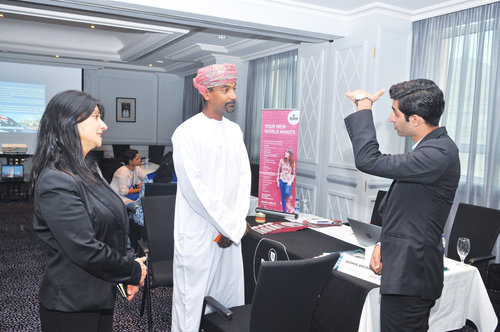

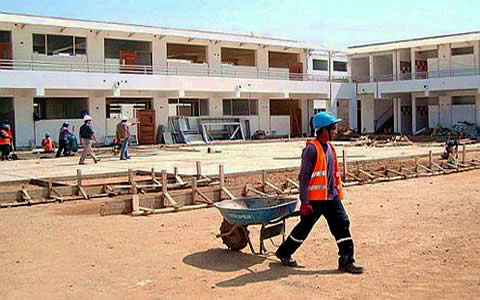
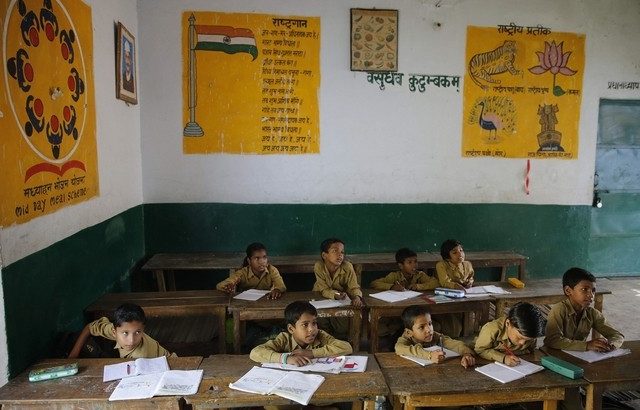

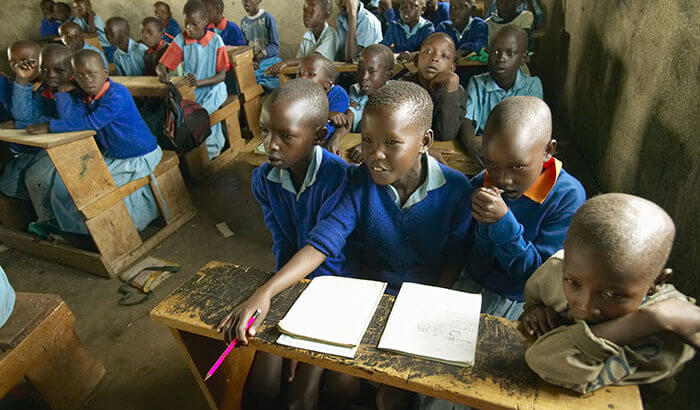
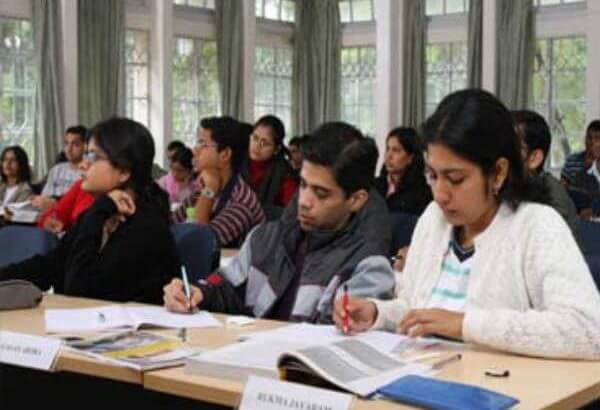







 Users Today : 7
Users Today : 7 Total Users : 35460216
Total Users : 35460216 Views Today : 10
Views Today : 10 Total views : 3418905
Total views : 3418905